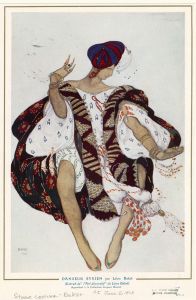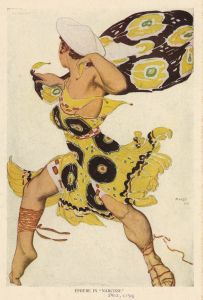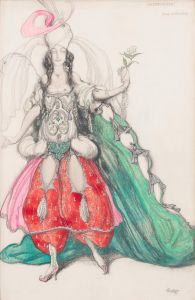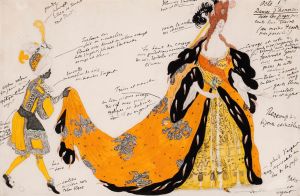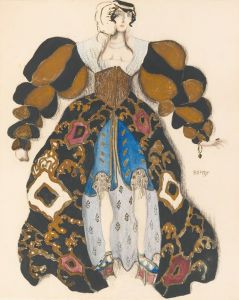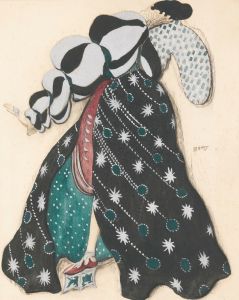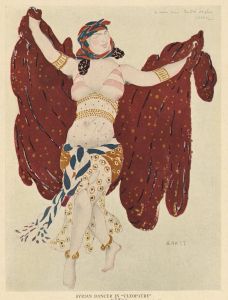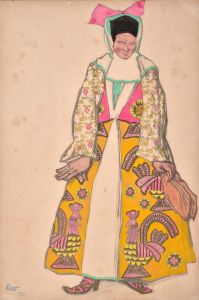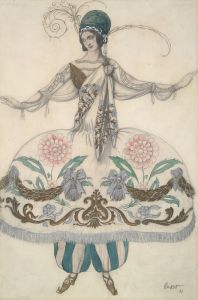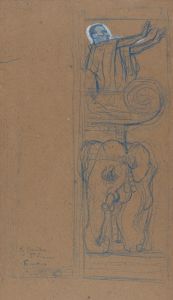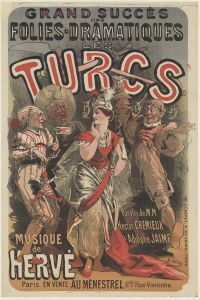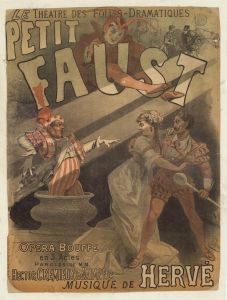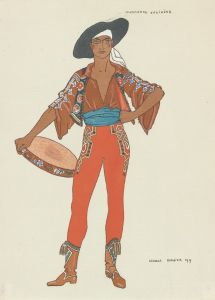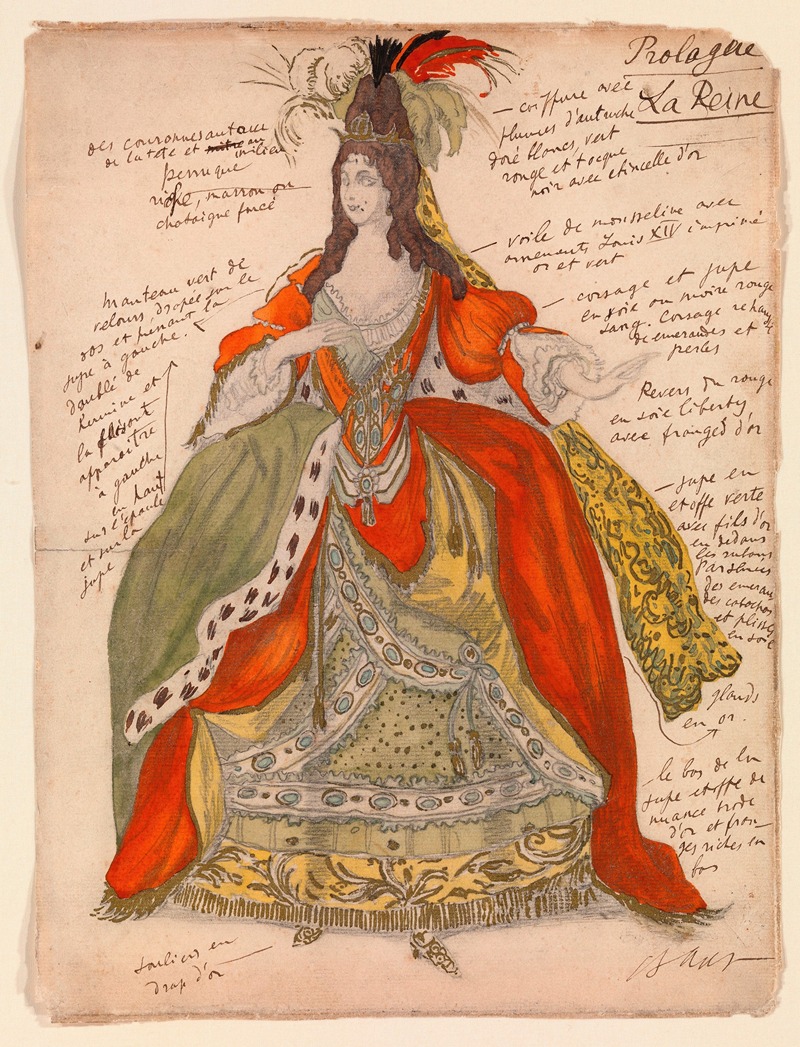
Costume Design for the Queen from ‘Sleeping Beauty’
A hand-painted replica of Léon Bakst’s masterpiece Costume Design for the Queen from ‘Sleeping Beauty’, meticulously crafted by professional artists to capture the true essence of the original. Each piece is created with museum-quality canvas and rare mineral pigments, carefully painted by experienced artists with delicate brushstrokes and rich, layered colors to perfectly recreate the texture of the original artwork. Unlike machine-printed reproductions, this hand-painted version brings the painting to life, infused with the artist’s emotions and skill in every stroke. Whether for personal collection or home decoration, it instantly elevates the artistic atmosphere of any space.
The artwork Costume Design for the Queen from ‘Sleeping Beauty’ was created by Léon Bakst, a prominent Russian artist and stage designer associated with the Ballets Russes. Bakst, whose real name was Lev Samoylovich Rosenberg, was renowned for his innovative and vibrant costume and set designs that played a significant role in shaping early 20th-century theatrical aesthetics. This particular piece was part of his work for a production of Sleeping Beauty, a ballet originally composed by Pyotr Ilyich Tchaikovsky.
Léon Bakst's designs for Sleeping Beauty were commissioned as part of a revival of the ballet, which was staged by Sergei Diaghilev's Ballets Russes in London in 1921. The production, titled The Sleeping Princess, was an ambitious and lavish reinterpretation of the classic ballet. Bakst's designs for the production were celebrated for their intricate detail, bold use of color, and imaginative reinterpretation of historical and fantastical elements. His work combined traditional motifs with a modern sensibility, reflecting the opulence and grandeur of the story while also aligning with the avant-garde spirit of the Ballets Russes.
The costume design for the Queen, like many of Bakst's works, demonstrates his mastery of blending historical influences with artistic innovation. The design likely drew inspiration from the Baroque and Rococo periods, which were often associated with the fairy tale's royal and magical themes. Bakst's use of luxurious fabrics, elaborate patterns, and rich color palettes helped convey the regal and otherworldly qualities of the character. His designs were not only visually striking but also functional, allowing the dancers to perform with grace and freedom of movement.
Bakst's contributions to the Ballets Russes, including his work on Sleeping Beauty, had a lasting impact on the fields of costume and stage design. His ability to merge fine art with theatrical production elevated the role of the designer in ballet and opera, influencing generations of artists and designers. The Sleeping Princess production, however, was not a financial success despite its artistic achievements, and it marked one of the final large-scale collaborations between Bakst and Diaghilev.
Today, Bakst's costume designs, including those for Sleeping Beauty, are celebrated as masterpieces of theatrical art. Many of his original sketches and designs are preserved in museum collections around the world, where they continue to be studied and admired for their artistic and historical significance.





